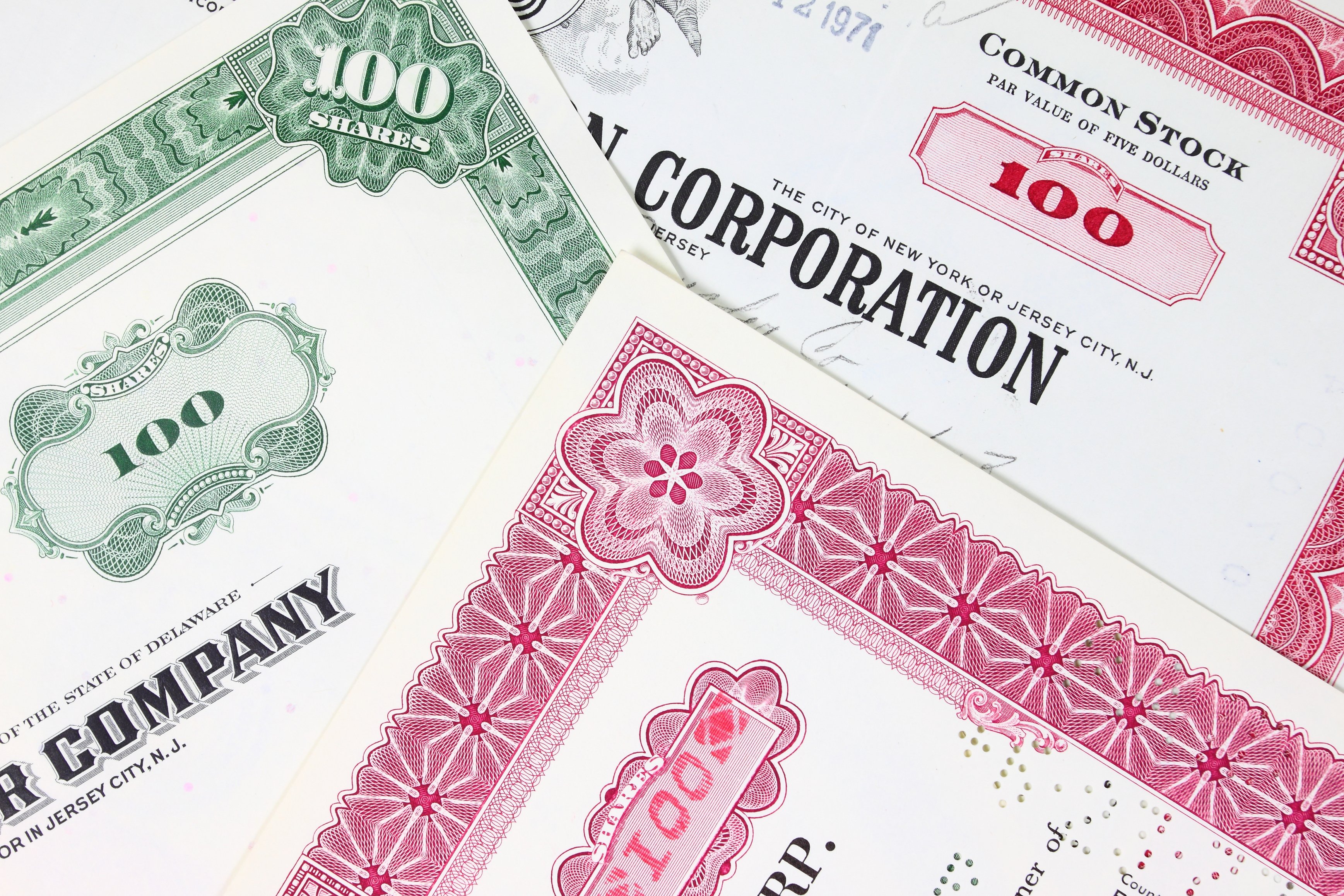According to Reuters, Eli Lilly's (NYSE: LLY) CEO John Lechleiter is still "very much opposed" to a large merger.
That shouldn't come as much of a surprise to anyone that's followed the company. While peers Pfizer (NYSE: PFE) and Merck (NYSE: MRK) made major purchases of Wyeth and Schering-Plough respectively, Eli Lilly has sat quietly.
Maybe a little too quietly. Eli Lilly is likely making the better choice avoiding large mergers -- they haven't historically increased value -- but a little noise on the pipeline front would be welcome. The company has one of the largest patent cliffs of all the drugmakers, so it needs something to replace the drugs that will soon see generic competition.
As of the last update in mid-February, Eli Lilly had four molecules up for review at the FDA. One has subsequently been delayed, and another been given the smackdown by a FDA advisory panel. Arxxant, a diabetic eye disease treatment, looks interesting, but Eli Lilly has been trying to gain FDA approval for the drug since 2006.
That leaves linagliptin, which coincidentally exemplifies how I think Eli Lilly should proceed. The molecule came to Eli Lilly via a partnership with Boehringer Ingelheim. The company had to lay out some cash to gain interest in some late stage assets, but it will be worth the money if the drugs are approved.
It's those types of licensing deals where Eli Lilly should be spending its $6.7 billion cash and short-term investments. Grabbing some mid- and late-stage drug candidates could help turn around the beleaguered pharma.
But until Eli Lilly can prove that it can spend its nest egg effectively and turn pipeline candidates into approved drugs, investors will have to be satisfied with the substantial 5.6% dividend yield as the primary way to increase value. Investors would be wise to also check out Bristol-Myers Squibb (NYSE: BMY), which is about the same size, comes with an equally sizable dividend, but is in considerably better shape.
Looking for more dividend plays? Click here to grab the Fool's free report, "13 High-Yielding Stocks to Buy Today."






